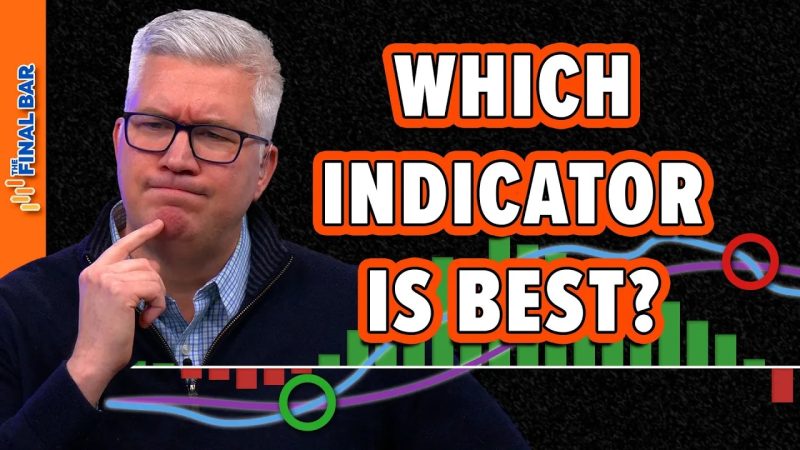In the realm of technical analysis, indicators serve as valuable tools for traders and investors to make informed decisions in the fast-paced world of financial markets. Among the myriad of indicators available, the Moving Average Convergence Divergence (MACD), Percentage Price Oscillator (PPO), and Price Momentum Oscillator (PMO) stand out as popular choices for assessing market trends and momentum.
MACD, a versatile and widely-used indicator, provides valuable insights into the relationship between short-term and long-term moving averages. By plotting the difference between a short-term EMA and a long-term EMA, the MACD line reveals trends and potential market reversals. Additionally, the Signal Line, a 9-day EMA of the MACD line, acts as a trigger to buy or sell signals. The histogram, derived from the difference between the MACD and Signal Line, helps traders identify changes in momentum.
PPO, a variation of MACD, calculates the percentage difference between two moving averages. This normalization allows traders to compare the percentage change in moving averages across different securities or timeframes. The PPO line, similar to MACD, indicates trend direction, while the Signal Line, calculated as a 9-day EMA of the PPO line, identifies potential buying or selling opportunities. The PPO histogram accentuates the convergence or divergence between the PPO and Signal Line.
PMO, a momentum oscillator, focuses on the rate of change in price movements. By measuring the difference between closing prices over a specified period, PMO gauges momentum strength. The PMO line reflects the momentum trend, while the Signal Line, a 9-day EMA of the PMO line, generates trading signals. The PMO histogram, akin to MACD and PPO, accentuates the dynamics between the PMO and Signal Line.
Each indicator has its unique strengths and weaknesses. MACD, with a proven track record, provides clear signals during trending markets but may generate false signals in ranging markets. PPO, with its percentage-based approach, offers a broader perspective on price movements and is suitable for comparing securities. PMO, focusing on momentum, is adept at identifying potential market reversals but requires caution during choppy price action.
In conclusion, the choice between MACD, PPO, and PMO ultimately depends on individual trading styles, preferences, and market conditions. Traders and investors should experiment with different indicators, utilize them in conjunction with other technical tools, and adapt their strategies accordingly. By understanding the nuances of each indicator and applying them judiciously, market participants can enhance their decision-making process and navigate the complexities of financial markets with confidence.

